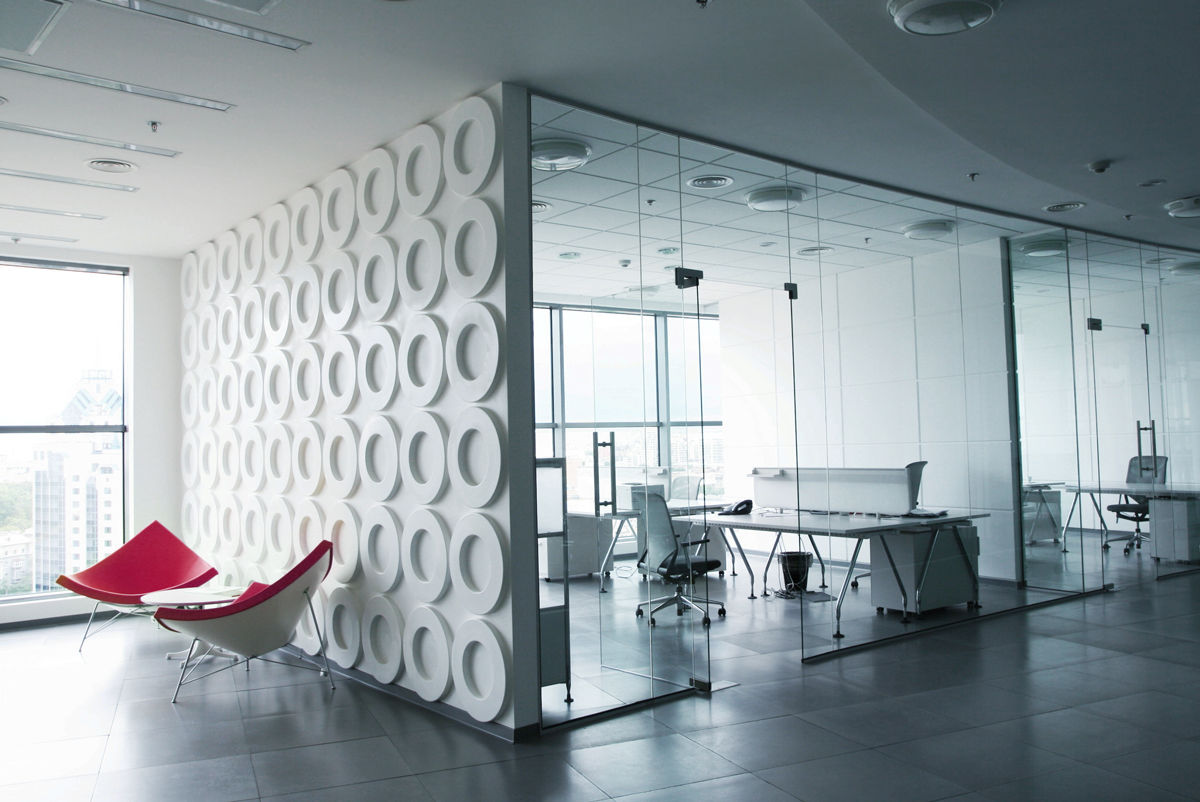The History of Computers
- by Fernando Diaz
- Jan 30, 2015
- 3 min read

"Who invented the computer? The answer is that many inventors contributed to the history of computers. The computer is a complex piece of machinery made up of many parts, each of which can be considered a separate invention, the hardware and software. The first computer was the giant machine by John W. Mauchly and J. Presper Eckert at the University of Pennsylvania. It was an electrical numerical integrator and calculator used a word of 10 decimal digits instead of binary ones like previous automated calculators/computers. This computer was also the first machine to use more than 2,000 vacuum tubes, using nearly 18,000 vacuum tubes. Storage of all those vacuum tubes and the machinery required to keep the cool took up over 1800 square feet of floor space.
The 1960s we saw large mainframe computers become much more common in large industries and with the US military and space program. IBM became the unquestioned market leader in selling these large, expensive, and very hard to use machines. An explosion of personal computers occurred in the early 1970s. Programs and data could be stored on an everyday audio-cassette recorder. Also introduced in 1977 was the TRS-80. This was a home computer manufactured by Tandy Radio Shack. In its second incarnation came complete with a 64,000 character memory and a disk drive to store programs and data on. At this time, only Apple and TRS had machines with disk drives. With the introduction of the disk drive, personal computer applications took off as a floppy disk was a most convenient publishing medium for distribution of software.
IBM had been producing mainframes and minicomputers for medium to large-sized businesses, decided that it had to get into the act and started working on the Acorn, which would later be called the IBM PC. The PC was the first computer designed for the home market which would feature modular design so that pieces could easily be added to the architecture. Most of the components came from outside of IBM, since building it with IBM parts would have cost too much for the home computer market. When it was introduced, the PC came with a 16,000 character memory, keyboard from an IBM electric typewriter, and a connection for tape cassette player.
By 1984, Apple and IBM had come out with new models. Apple released the first generation Macintosh, which was the first computer to come with a graphical user interface and a mouse. This made the machine much more attractive to home computer users because it was easy to use. Sales of the Macintosh soared like nothing ever seen before. IBM was hot on Apple's tail and released the 286-AT, which with applications like Lotus 1-2-3, a spreadsheet, and Microsoft Word, quickly became the favorite of business concerns.
Modern computers are digital and electronic type. They consist of electronic parts, which is called "hardware". The instructions and data are called "software" Computers are classified into two types according to the power and portability. These are: Personal Computer: This is a computer course of a single user, and considerably smaller size and power is based on a single microprocessor. A workstation: A computer, also for a single user, but more powerful than personal. It has a much more powerful microprocessor and a very high quality monitor. Minicomputer: This is a computer that can support more than one user at a time. You can typically hold up to hundreds of users using the system simultaneously.











Comments